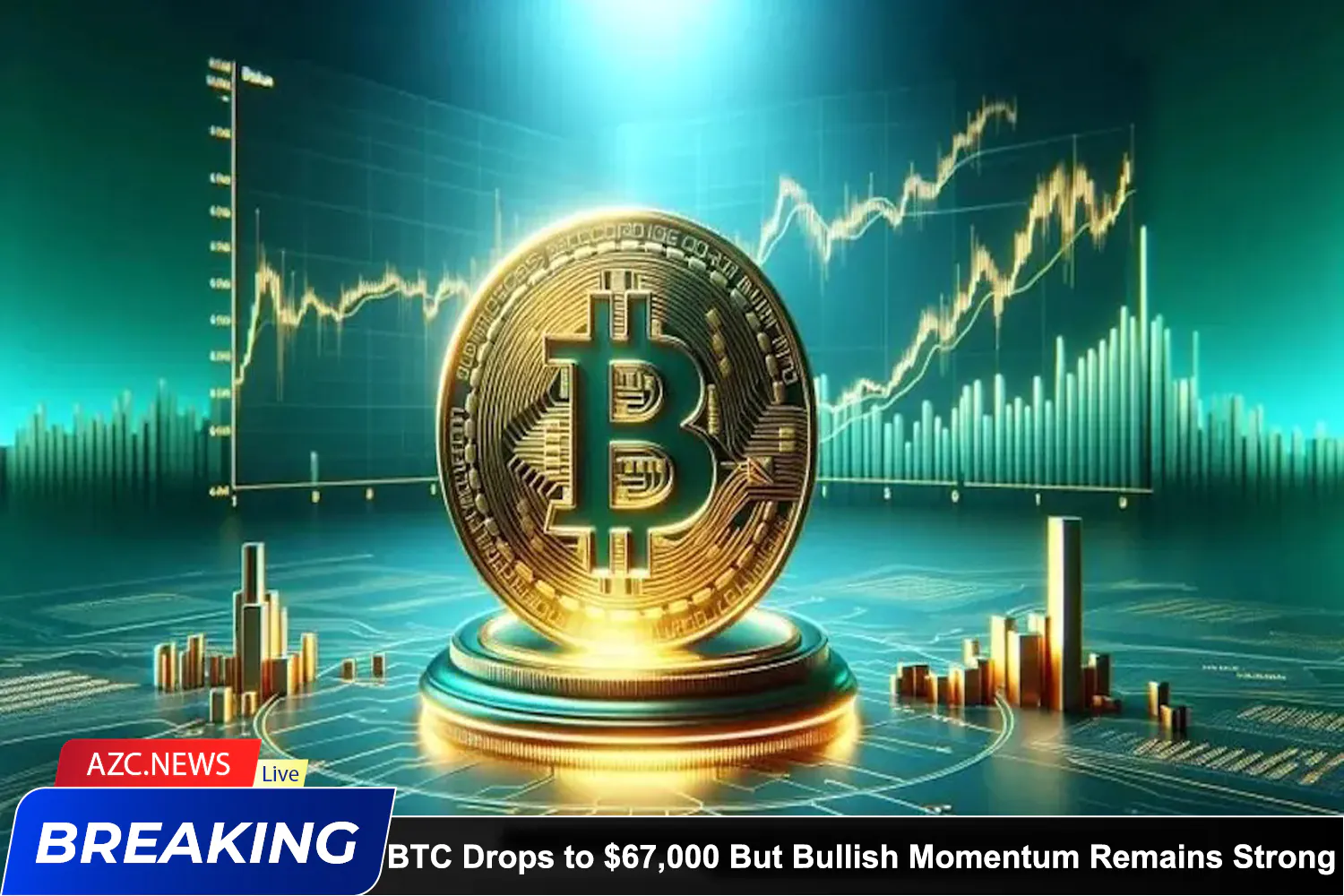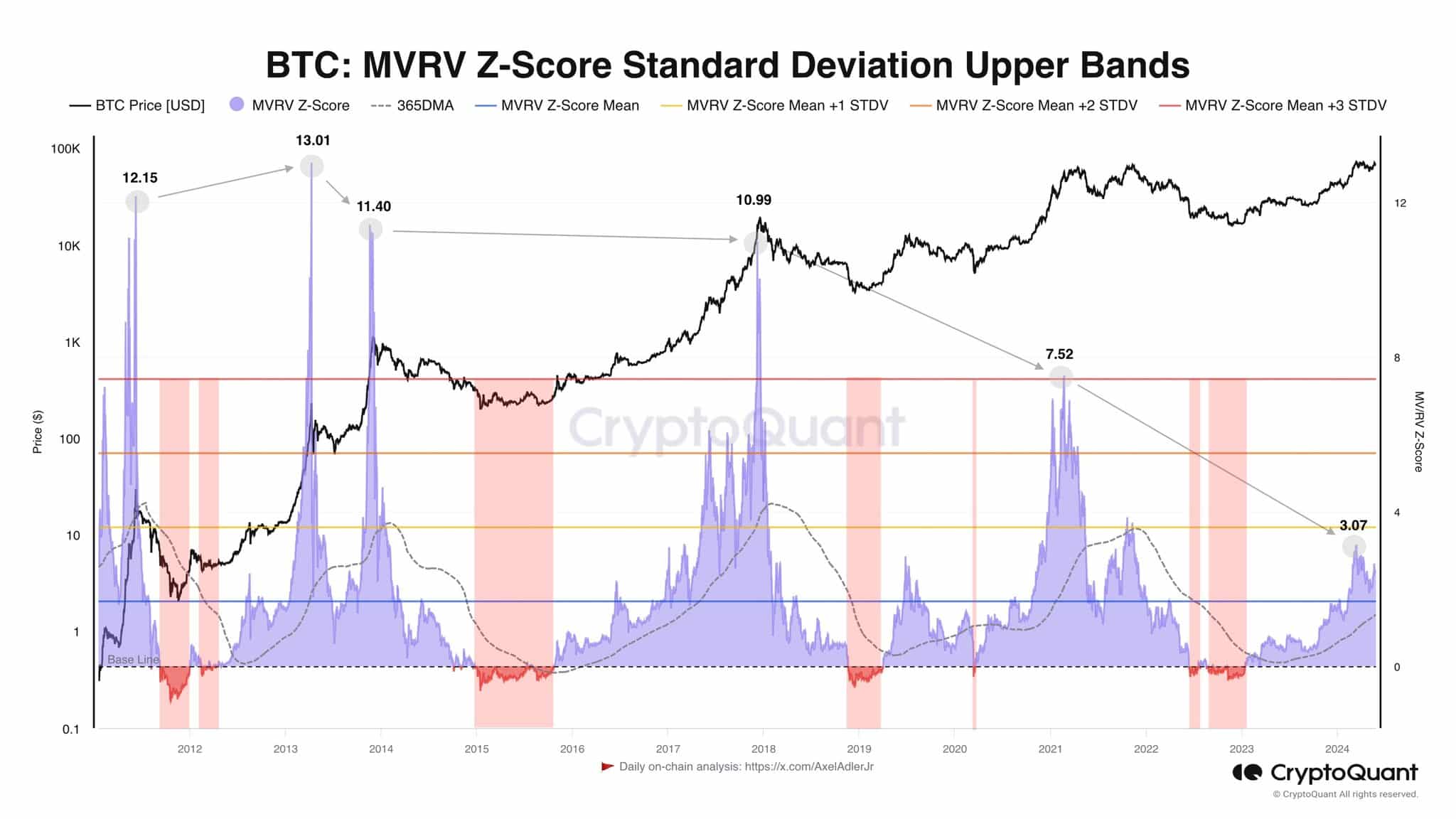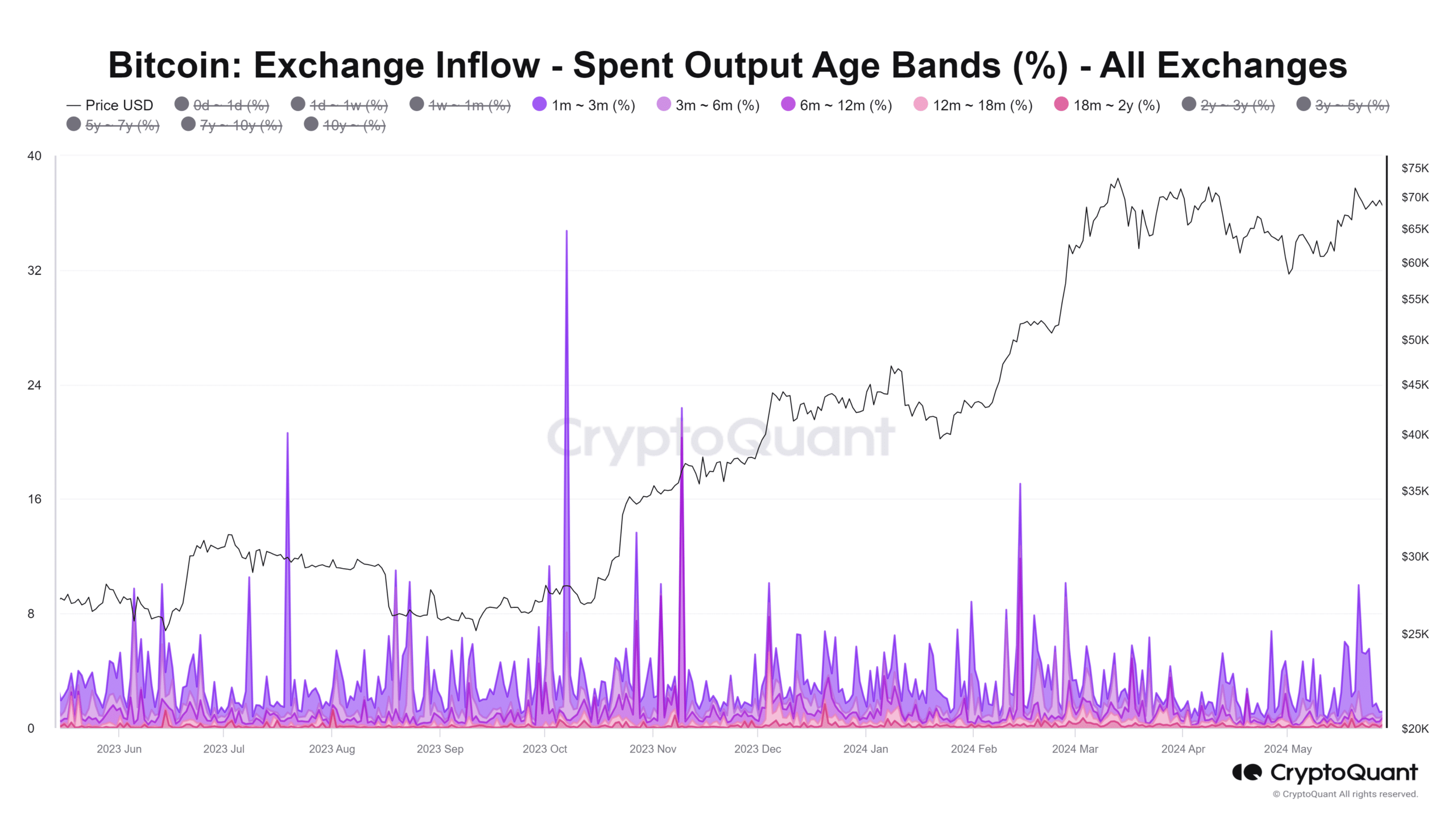Bitcoin [BTC] has stalled after its recent breakout above the $67k resistance level. The price surge last week peaked at $72,000 on May 21, but has since dropped 5.7%, trading at $67,800 at the time of reporting. A recent report highlighted the increasing demand for Bitcoin-backed investment products, with most of the capital inflows originating from the United States.
The recent decline has dampened short-term bullish sentiment, suggesting that the bulls might not yet be prepared to push past the $71,500 mark. However, the long-term outlook remains positive. According to one metric, we are only halfway through the current bull run.
Bitcoin’s bull run still has some fuel left
Crypto analyst Axel Adler used Bitcoin’s MVRV Z-score to illustrate that the current cycle is only halfway complete in a post on X (formerly Twitter). This metric assesses whether Bitcoin is overvalued or undervalued by comparing its market price to its fair value.
MVRV stands for Market Value to Realized Value, which compares the market capitalization of an asset to the accumulated capital inflow. When the former significantly exceeds the latter, it indicates a potential peak.
The MVRV Z-score compares the difference between MVRV and the standard deviation of Bitcoin’s market capitalization. In previous cycles, an MVRV-Z score of 7 or higher has marked the peak of the cycle. This time, the index has risen to as high as 3.07, indicating a likely price increase in the coming months.
Related: A Major UK Bank Officially Bans Cryptocurrency Transactions
Long-term holders have displayed strong resolve over the past two months
BTC holders with coins aged six months or more showed significant activity on February 28. The 3-6 month age group was particularly active, demonstrating profit-taking behavior.
Similarly, over the past two months, holders in the 1-3 month range have been relatively active in the market, with a notable sell-off on May 21 when prices surged above $70,000. However, most older holding groups did not engage in heavy selling on exchanges during April and May. This restraint could be due to expectations of a post-halving price rally, which are still prevalent.









